Category: Plants & Animals
-
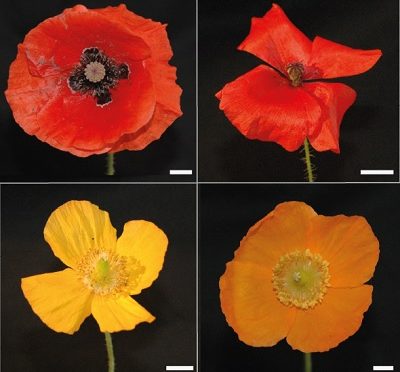
The Lengths To Which Poppy Flowers Will Go To Attract Pollinators
Intriguingly, poppies in the Middle East reflect no ultraviolet light, while the same species in Europe do. This difference may be due to their preferred pollinators. ‘In Europe, poppies are pollinated mostly by bees, which cannot see red very well; however, they will pick up ultraviolet.’ In contrast, poppies in the Middle East are pollinated…
-
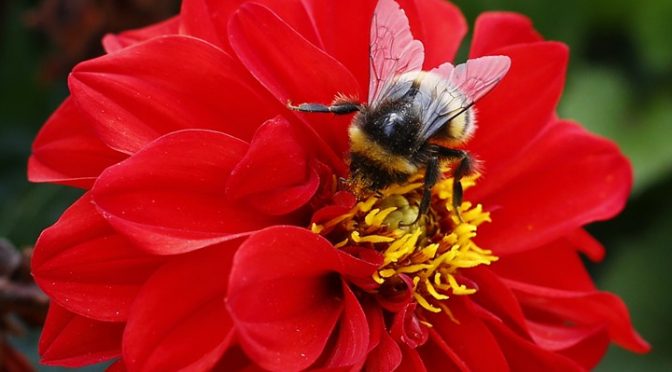
Research Shows Plants Can “Hear” And Also “Speak”
They showed that some plants can hear the sounds of animal pollinators and react by rapidly sweetening their nectar. ..they found that other plants make high-pitched noises that lie beyond the scope of human hearing but can nonetheless be detected some distance away. (Click on title for full story.)
-
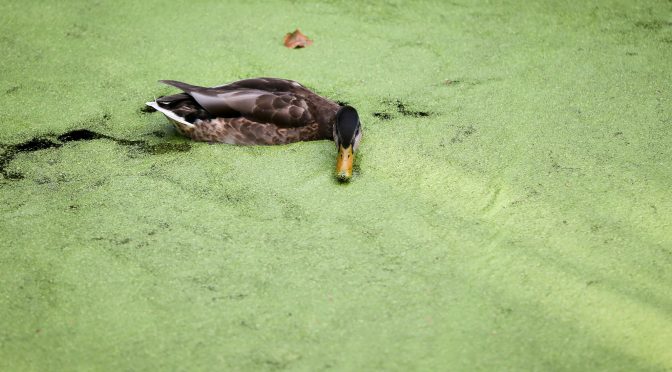
This Humble Plant Spreads By Riding A Duck’s Digestive Tract
Duckweeds are humble-looking plants whose tiny, brilliant green globules spangle ponds all over the world. Some duckweeds are the smallest flowering plants in nature. Scientists working in Brazil have just discovered that one duckweed, Wolffia columbiana, has a surprising talent. (Click on title for full story.)
-

If You Protect The Ants They Will Do Your Work For You
Harvester ants that eat weed seeds on the soil’s surface can help farmers manage weeds on their farms, according to an international team of researchers, who found that tilling less to preserve the ants could save farmers fuel and labor costs, as well as preserve water and improve soil quality. (Click on title for full…
-

In Defense Against Insects Plants Brew A Mixture Of Potions
Since plants cannot move, they defend against pests that eat them using a bouquet of chemical compounds. Ecology, however, has been biased towards studying effects of single compounds even though a feeding insect would encounter a blend of plant compounds. It turns out that the type of defense bouquet matters, whether bouquets have the same…
-
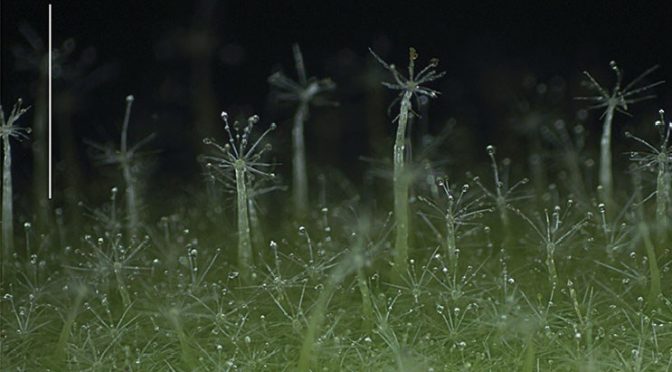
Newly Discovered Tomato Relative Was Just Growing By The Side Of The Road
Field observations of the new species have suggested that it’s preferred by medium- to large-sized bees with buzzing behaviour. The fruit structure of S. kollastrum, with fruits hanging outside its foliage on long axes, along with the numerous relatively small seeds and the release of a mild sweetish scent, suggest that fruits eaten by bats.…
-
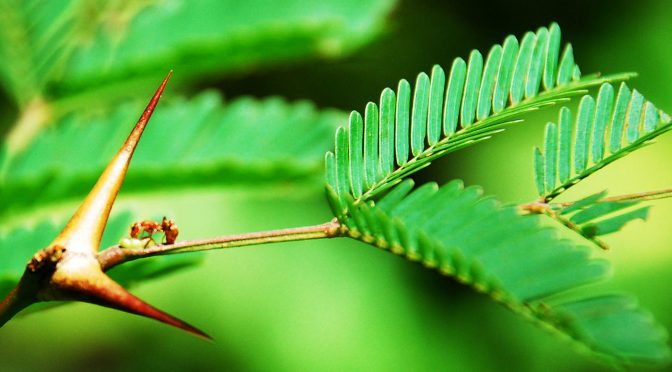
Science Declares Which Came First: Ants Needing Plants Or Plants Needing Ants
The team mapped the history of plant’s ant-friendly traits and of ants’ plant use onto these family trees – a process called ancestral state reconstruction. They were able to determine when plants began relying on ants for defense and seed distribution—and it looks like ants have relied on plants for longer than plants have directly…
-
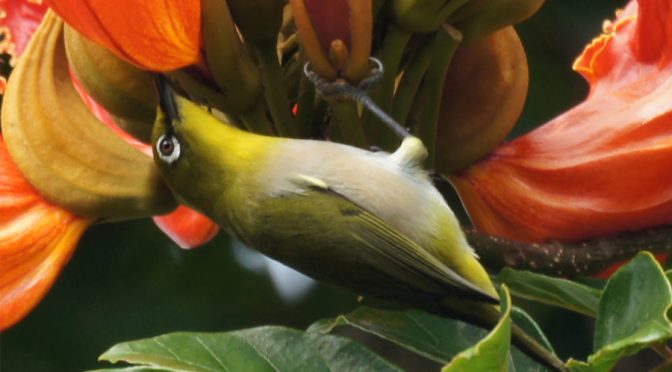
Non-native Invasive Birds Trained To Save Endangered Plants
“We’ve shown that, yes, you can attract birds into an area. But not only that, you can stimulate them to foster fruit removal, and potentially seed dispersal,” (Click on title for full story)
-

Mystery Solved? Old Assumptions Debunked? Why Are Tropical Forests So Diverse?
“This study is the first demonstration on such a large scale that escaping from the area of one’s parent greatly increases the chance that a seed will survive to become a parent tree itself,” (Click on title for full story.)
-
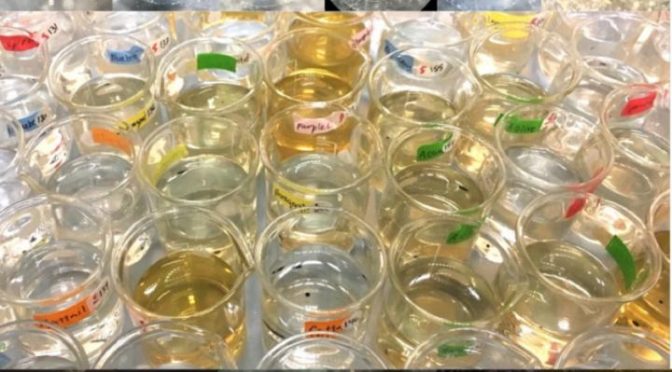
Domino Effect? Invasive Plant Species Favor Invasive Animal Species
“Specifically, by altering the chemistry of aquatic environments, we found that invasive plant species increased the success of an invasive species, but harmed the native species. These results are consistent with the invasional meltdown hypothesis, which suggests that the presence of an invasive species may actually encourage the spread and establishment of other invasive species.”…
